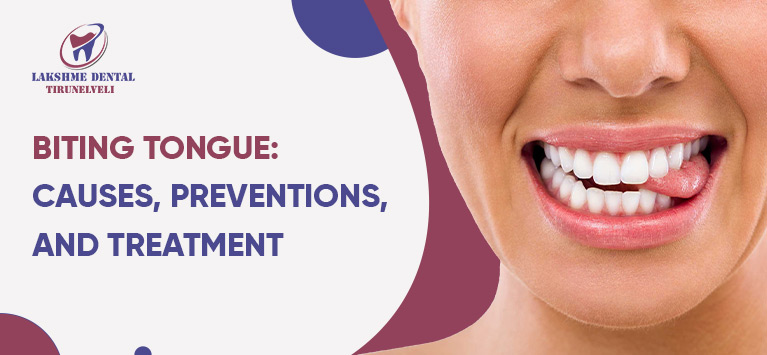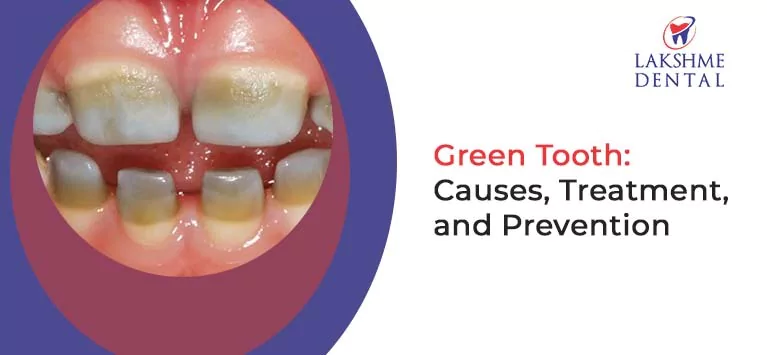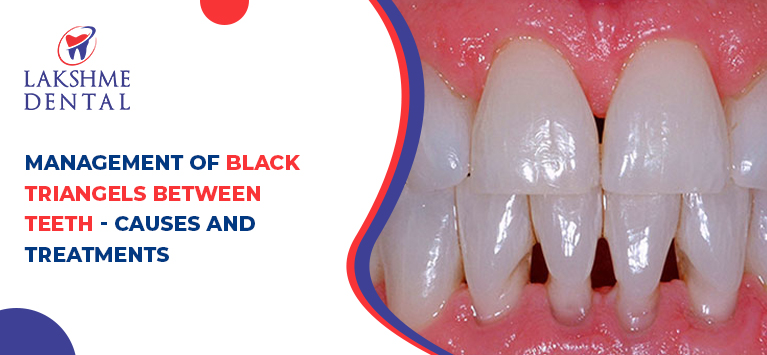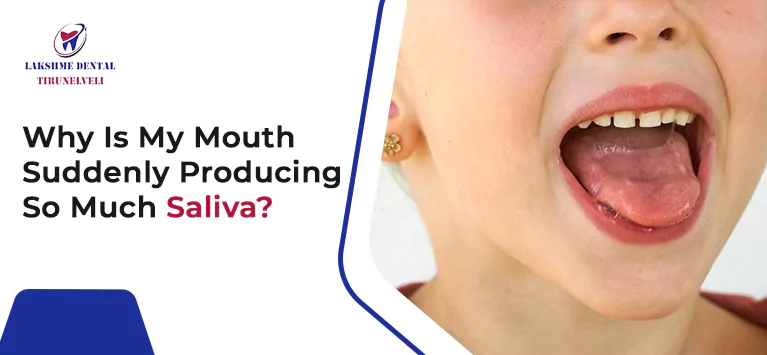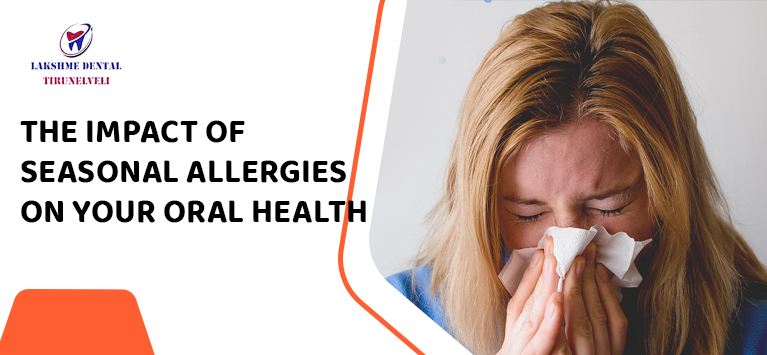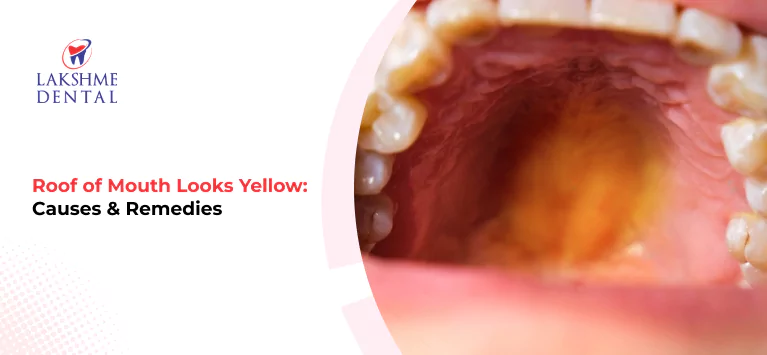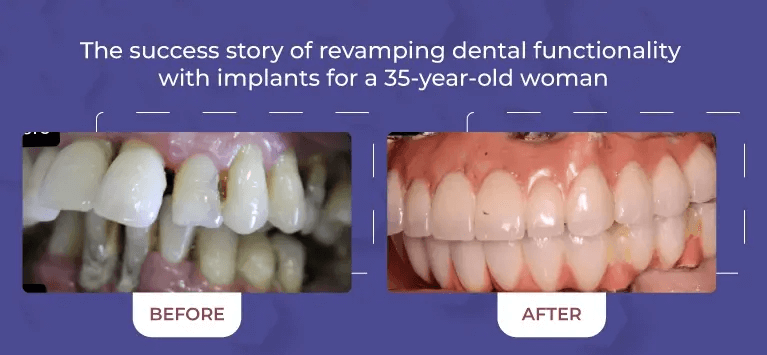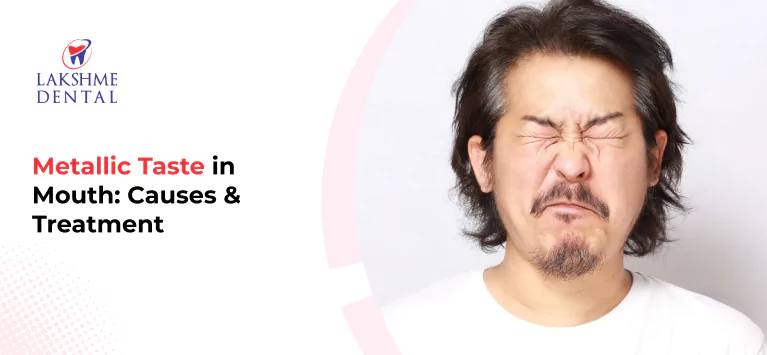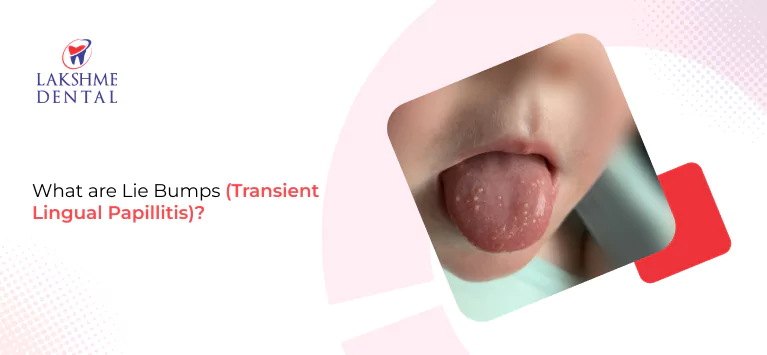
What are Lie Bumps (Transient Lingual Papillitis)?
Lie bumps, also known as transient lingual papillitis, are a common and often misunderstood condition affecting the tongue. Many people experience these small, painful bumps at some point in their lives. While they can be alarming, lie bumps are usually harmless and temporary.
Understanding what they are, their causes, symptoms, and treatment options can help alleviate concerns. This blog will explore the nature of lie bumps, their characteristics, and how to manage them effectively. By the end, readers will have a clearer picture of this condition and feel more equipped to handle it if it arises.
What Are Lie Bumps?
Lie bumps are small, swollen, and often painful lesions that appear on the tongue. They are typically red or white and can vary in size. These bumps are a result of inflammation of the papillae, which are tiny projections on the surface of the tongue. The condition is called “transient lingual papillitis” because it is temporary and usually resolves on its own.
Characteristics of Lie Bumps
Below are some of the features of lie bumps:
Size and Shape
Lie bumps can be small, round, or oval. They may also appear in clusters.
Colour
They are often red or white, indicating inflammation.
Location
These bumps usually appear on the tip or sides of the tongue.
Duration
Most lie bumps last a few days to a week before disappearing.
Understanding these characteristics helps in identifying lie bumps and differentiating them from other oral conditions.
Causes of Lie Bumps
The exact cause of lie bumps isn’t completely known. However, several factors may contribute to their development. Here are some common causes:
Irritation
Irritation from certain foods can lead to the formation of lie bumps. Spicy, acidic, or hot foods may cause discomfort and inflammation.
Stress
Stress can impact the immune system, making the body more susceptible to inflammation. Emotional stress may trigger an outbreak of lie bumps in some individuals.
Hormonal Changes
Hormonal fluctuations, such as those experienced during menstruation, can also lead to the appearance of lie bumps.
Allergic Reactions
Some people may develop lie bumps due to allergic reactions to certain foods or dental products. Identifying allergens can help prevent future occurrences.
Trauma
Injury to the tongue, such as biting or burning, can cause inflammation and lead to lie bumps.
Understanding these causes can help individuals identify potential triggers and take preventive measures.
Symptoms of Lie Bumps
Lie bumps are usually accompanied by specific symptoms. Recognizing these symptoms can help individuals determine if they are experiencing this condition. Here they are:
Pain or Discomfort
The most common symptom of lie bumps is pain or discomfort. This can vary from mild to severe, depending on the person.
Swelling
The affected area may appear swollen. This swelling is due to inflammation of the papillae on the tongue.
Sensitivity
Lie bumps can make the tongue sensitive to certain foods and beverages. Spicy or acidic foods may exacerbate the discomfort.
Change in Taste
Some individuals may notice a temporary change in their sense of taste. This is usually mild and resolves as the bumps heal.
Duration of Symptoms
Symptoms generally last between a few days and a week. If symptoms persist longer than this, it may be wise to consult a healthcare professional.
Recognizing these symptoms can help individuals manage their discomfort and seek appropriate care if necessary.
Diagnosis of Lie Bumps
Diagnosing lie bumps is usually straightforward. A dentist professional can often identify the condition through a physical examination. Below are some procedures involved in the diagnosis:
Medical History
The doctor will ask about the individual’s medical history, including any recent illnesses, stress levels, or dietary changes.
Physical Examination
A thorough examination of the tongue will be conducted. The doctor will look for the characteristic bumps and assess any swelling or redness.
Exclusion of Other Conditions
The doctor may rule out other oral conditions that could cause similar symptoms, such as oral thrush or canker sores.
No Special Tests Required
In most cases, no special tests are needed. The diagnosis is often made based on the appearance and symptoms of the bumps.
Knowing the diagnosis process can help individuals feel more confident when seeking medical advice.
Treatment Options for Lie Bumps
Most cases of lie bumps resolve on their own without treatment. However, there are several ways to manage symptoms and promote healing. Here are some effective treatment options:
Pain Relief
Over-the-counter pain relievers, such as acetaminophen or ibuprofen, can alleviate discomfort. Always follow the recommended dosage.
Saltwater Rinse
Gargling with warm salt water can promote healing and reduce inflammation. Dissolve one teaspoon of salt in a glass of warm water and use it to rinse your mouth several times a day.
Avoid Irritating Foods
Avoid spicy, acidic, or hot foods while experiencing lie bumps. This can help reduce discomfort and prevent further irritation.
Stay Hydrated
Drinking plenty of water can help keep the mouth moist and promote healing. Keeping yourself hydrated is necessary for overall health.
Good Oral Hygiene
Maintaining good oral hygiene can help prevent infections. Brush and floss regularly, and consider using a gentle mouthwash.
Consult a Healthcare Professional
If symptoms persist or get worse, it is important to take advice from a healthcare professional. They can provide further evaluation and treatment options.
These treatment options can help individuals manage their symptoms effectively while waiting for the bumps to resolve.
Prevention of Lie Bumps
While it may not be possible to prevent lie bumps entirely, certain practices can reduce the likelihood of their occurrence. Here are some preventive measures:
Identify Triggers
Keeping a food diary can help identify foods that trigger lie bumps. Once identified, people can steer clear of these foods.
Manage Stress
Practising stress-reduction techniques, such as meditation or yoga, can help minimize outbreaks. Regular exercise can also be beneficial.
Maintain Oral Hygiene
Maintaining good oral hygiene is key to preventing infections and keeping overall health in check. Regular dental check-ups are also important.
Avoid Tongue Trauma
Being mindful while eating can help prevent accidental bites or burns on the tongue. Chewing slowly can reduce the risk of injury.
Stay Hydrated
Drinking enough water daily can help keep the mouth healthy and reduce irritation.
By incorporating these preventive measures, individuals can reduce their chances of experiencing lie bumps in the future.
When to Seek Medical Attention for Lie Bumps?
While lie bumps are usually harmless, there are certain situations where seeking medical attention is advisable. The following are a few signs to watch for:
Persistent Symptoms
If lie bumps last longer than a week or worsen, it is important to consult a healthcare professional.
Severe Pain
Severe pain that interferes with daily activities may require medical evaluation.
Difficulty Eating or Drinking
If lie bumps make it difficult to eat or drink, seeking medical advice is recommended.
Signs of Infection
If there are signs of infection, such as fever or pus, it is crucial to see a doctor.
Recognizing these signs? Call us to speak to our dentist.
Wrapping Up
Lie bumps, or transient lingual papillitis, are a common and usually harmless condition affecting the tongue. Understanding their characteristics, causes, symptoms, and treatment options can help individuals manage this condition effectively. While lie bumps can be uncomfortable, they typically resolve on their own within a few days to a week. By practising good oral hygiene, managing stress, and identifying potential triggers, individuals can reduce their chances of experiencing life bumps in the future. If symptoms persist or worsen, seeking medical attention is always a wise choice. With the right knowledge and care, individuals can navigate the discomfort of lie bumps with confidence.

